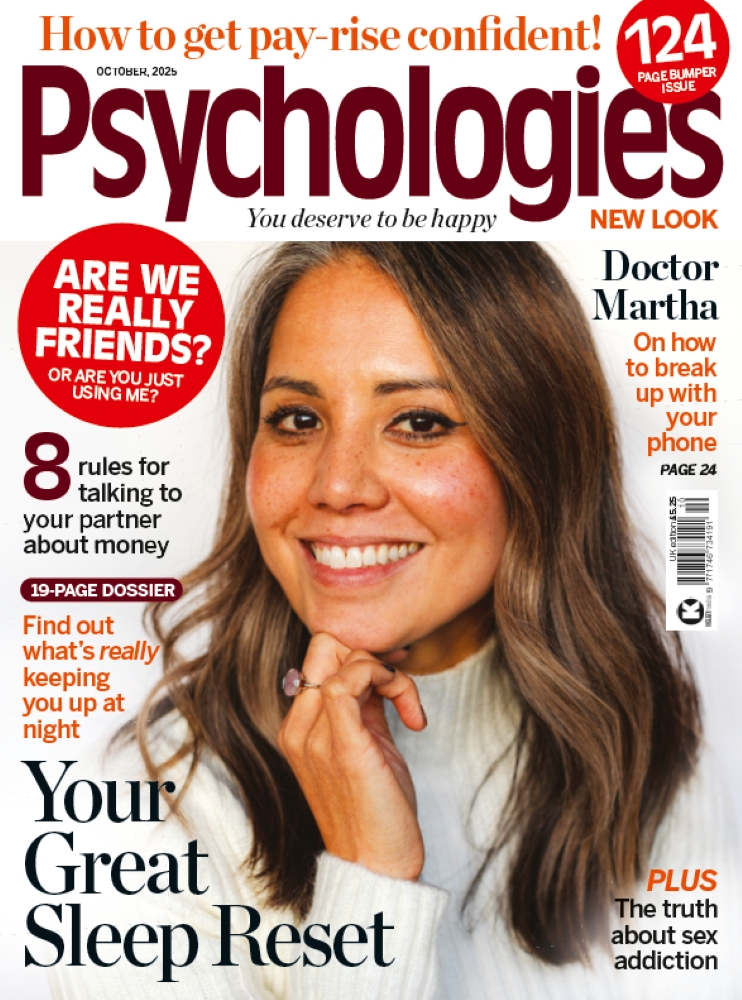How to be more optimistic while staying realistic
Time to look on the bright side of life! Learn how to be more optimistic in your everyday life, while staying realistic, with these top tips.

Do you think every cloud has a silver lining or do you struggle to see beyond the storm? While striving to be more optimistic can be a positive step, it’s important to find a balance.
Whatever your personal outlook, it’s simplistic to see optimism as good and pessimism as bad. Both sides are relevant in life and provide benefits when it comes to making decisions. However, it’s not realistic to be optimistic 24/7. Equally, it’s not ideal to be pessimistic all the time.
Finding a realistic balance between optimism and pessimism is crucial to creating a peaceful and mindful life – at work, when thinking about the future, or simply while navigating the day-to-day qualms of your everyday life.
Below, we’ve rounded up some top tips to help you look on the bright side of life and be more optimistic about your past, present and future, while also staying realistic…
How to be more optimistic while staying realistic

1. Be rational when trying to be more optimistic
Rational optimism is the balance, and it is more beneficial than pessimism. ‘If you don’t slightly miscalculate and think the reward is higher and the risks are lower, you might not ever get out there,’ says psychologist, neuroscientist and author of The Optimism Bias (£7.19, Robinson), Tali Sharot.
Being somewhere between optimism and pessimism is a good balance. And because we all respond differently to life, the key is to be aware of your mindset and stay flexible.
2. Work out whether optimism or pessimism is your natural bias
Think about the consequences your habitual thinking is having on your life. If you always expect the worst and the worst never comes, you can start challenging those negative thoughts. But if bad outcomes continually disappoint you, try to practice more realism. Just remember to have a flexible attitude.
Naïve optimism can be destructive – it ignores warnings and signals, and can stop you from taking necessary action. Extreme pessimism, on the other hand, can lead to depression. The secret is to be more aware of the filter you view the world through and tune down your bias when it’s necessary.
3. Does optimism or pessimism motivate you?
Do you work better when you feel confident? If so, optimism is going to get you motivated to do the job. But if you feel uncomfortable with too much optimism – maybe it leads you to be reckless – then a little pessimism might be best to keep you motivated.
Mild negative mood – or defensive pessimism – can help manage anxiety, improve preparation and increase proactivity. Balanced optimism can lead to better relationships, less suffering towards adversity and persistence to achieve goals without giving up. You need to find where your motivation gets ignited and use either bias with moderation to have better outcomes in life.









